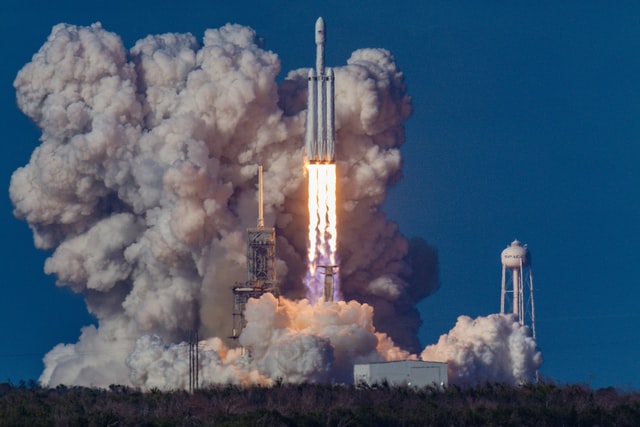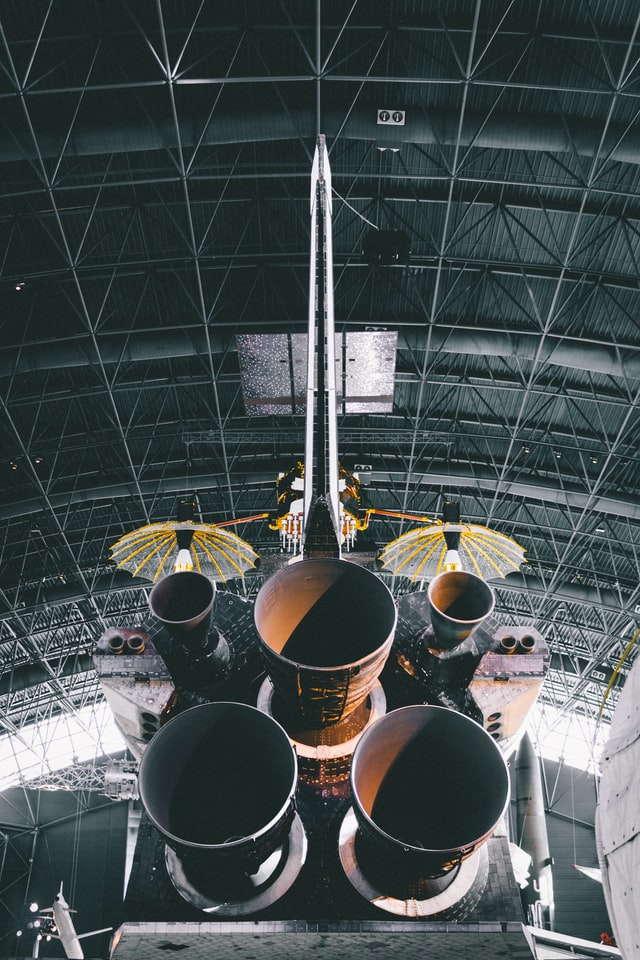Structure analysis of space vehicles
Although spacecraft operate in a microgravity environment, they must be designed to withstand high loads. Additionally, while resistant they must be light since each kilogram launched into space must be used to the maximum. Therefore, the design of the structures that can support these loads, while fulfilling other functions, is a challenging and interesting problem.
The most severe loads in the life of a space vehicle occur during launch. In that short time interval, of a few minutes, we have acoustic forces, both random and sinusoidal vibrations, and shock loads. The structural requirements that it imposes to accelerate in a few minutes from zero to several kilometres per second are severe. In addition, given the nature of the space environment, where a vehicle can have temperature differences between some areas and others of hundreds of degrees, the stresses and deformations due to thermo-elastic phenomena must also be taken into account, especially in structures that need great stability dimensional.


The analysis and verification of structures of space vehicles is the discipline that is in charge of anticipating, analysing and avoiding the possible harmful effects of these environments to ensure that the vehicle fulfils the mission that has been assigned to it (and in almost one hundred percent of cases without the possibility of repair after launch).
To do this, in the early stages of the design, both the structure and the loads are mathematically modelled, typically using a finite element model (FEM), and analyses are carried out to see if the structure is fit for the mission. Successively, modifications of the design and repeated analyses are made until a sufficiently promising design with sufficiently wide safety margins is available. At this point, prototyping and subsequent mechanical tests begin to verify and adjust the mathematical models, and this process is carried out iteratively until a final design is reached, suitable for going into space.
Our current projects
ESA CDF RoboCrane – Lunar Caves (system engineering and thermal control)
HYPSO 1&2 (apoyo)